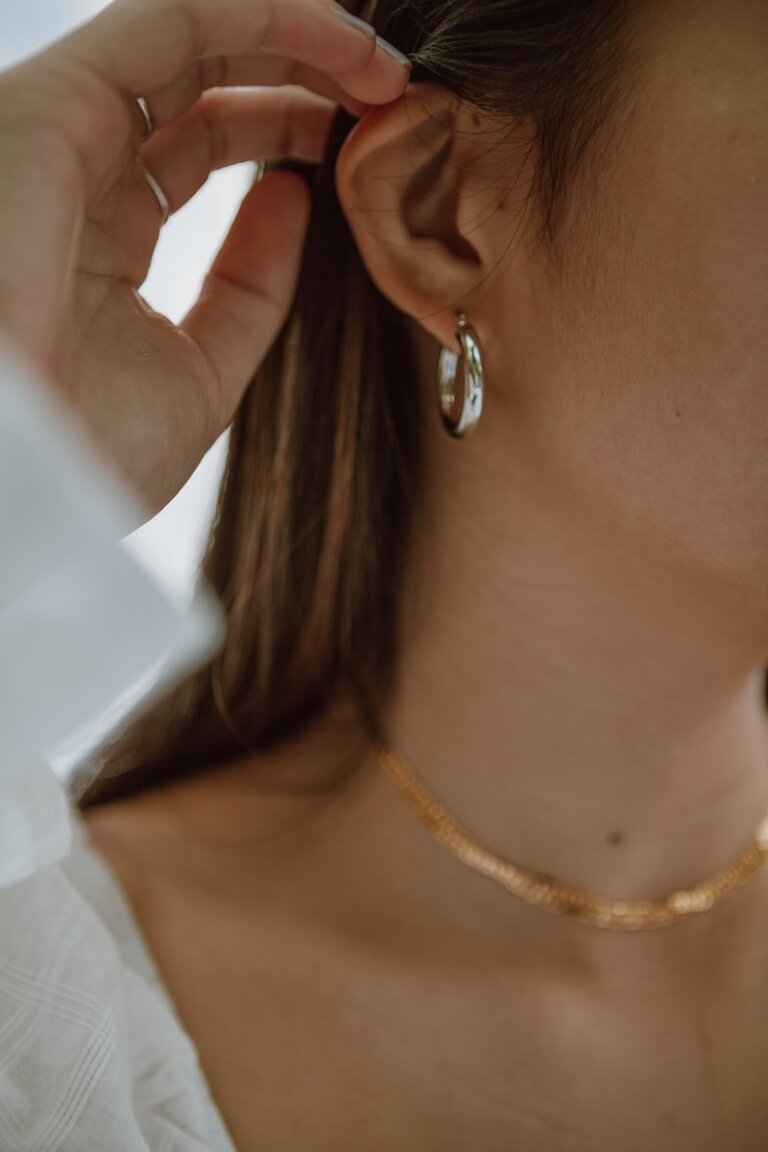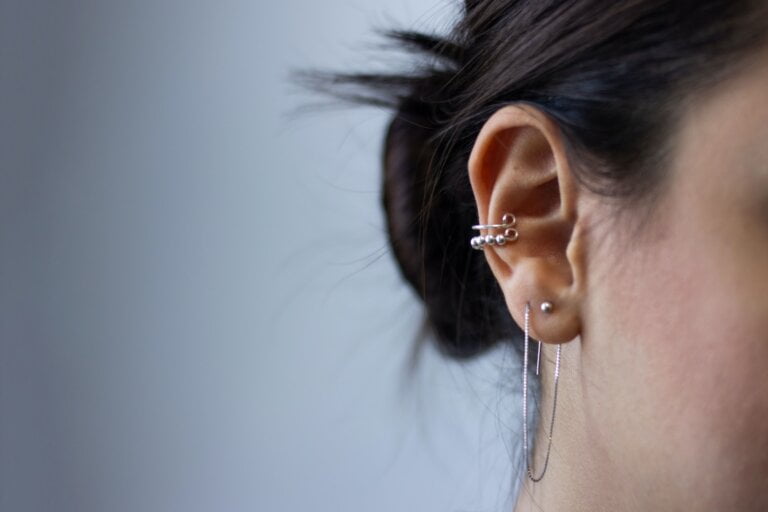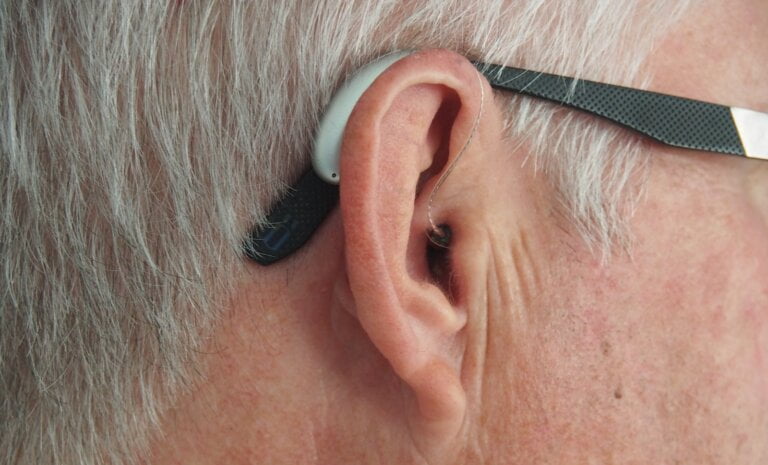Sound without Sacrifice: Mastering Safe and Responsible Headphone Use
In today’s fast-paced world, headphones have become an essential accessory for many people. They allow us to immerse ourselves in our favorite music, podcasts, or movies without disturbing those around us. However, as with any technology, it’s important to use headphones safely and responsibly to protect our hearing and overall well-being. In this article, we will explore the best practices for headphone use and how to enjoy sound without sacrificing our health.
Understanding the Potential Risks
Before diving into safe headphone use, it’s crucial to understand the potential risks associated with excessive or improper use. Prolonged exposure to high volume levels can lead to hearing loss, tinnitus (ringing in the ears), and other auditory problems. Additionally, wearing headphones for extended periods can cause discomfort, pain, or even skin irritation.
It is important to be aware of these risks so that you can take the necessary precautions to protect your hearing. By understanding the potential harm that can be caused by excessive or improper headphone use, you can make informed decisions about how to use them responsibly.
Proper Fit and Comfort
One of the key aspects of safe headphone use is ensuring a proper fit and optimal comfort. Ill-fitting headphones can exert excess pressure on the ears, leading to discomfort or even injury. Here are some tips to ensure a comfortable fit:
-
Choose the Right Headphone Style: Different headphone styles, such as over-ear, on-ear, or in-ear, offer varying levels of comfort and fit. Experiment with different styles to find the one that suits you best. Over-ear headphones, for example, provide a more immersive experience and distribute the weight of the headphones more evenly, reducing pressure on the ears.
-
Adjustable Headbands: If you opt for over-ear or on-ear headphones, make sure they have an adjustable headband. This feature allows you to customize the fit according to the size and shape of your head. A proper fit ensures that the headphones stay securely in place without exerting excessive pressure on the ears.
-
Proper Earbud Placement: For in-ear headphones, insert the earbuds gently into your ear canal without exerting excessive force. Improper earbud placement can lead to discomfort or reduced sound quality. It’s important to find the right size of ear tips that fit comfortably in your ears and create a seal for optimal sound isolation.
-
Cushioned Padding: Look for headphones with adequate cushioning on the ear cups or ear tips. This helps distribute the pressure evenly and reduces discomfort during prolonged use. Memory foam ear pads, for example, provide excellent comfort and conform to the shape of your ears.
By ensuring a proper fit and optimal comfort, you can enjoy your audio content without experiencing discomfort or potential injury.
Setting the Volume at a Safe Level
The volume level at which you listen to your headphones plays a critical role in protecting your hearing. Here are some guidelines to ensure a safe listening experience:
-
Follow the 60/60 Rule: The World Health Organization recommends listening at a maximum volume of 60% for no more than 60 minutes a day. Adhering to this guideline helps prevent long-term hearing damage. It’s important to be mindful of the volume level and resist the temptation to turn it up to excessive levels.
-
Use the Volume Limiter: Many devices and headphone models come with built-in volume limiters. Activate this feature to cap the maximum volume output and protect your hearing. This is especially important for children who may not be aware of the potential risks of high volume levels.
-
Avoid Loud Environments: In noisy surroundings, it’s common to increase the volume to compensate. Instead, consider using noise-canceling headphones that reduce the need for higher volumes. Noise-canceling technology blocks external sounds, allowing you to enjoy your audio content at lower, safer volume levels.
By setting the volume at a safe level, you can enjoy your audio content without risking damage to your hearing.
Taking Breaks and Managing Listening Time
Even if you follow the recommended volume levels, continuous and excessive headphone use can still strain your ears. Taking breaks and managing your listening time are essential for maintaining healthy hearing habits:
-
Implement the 80/20 Rule: Limit headphone use to 80% of your overall listening time, and allow your ears to rest for the remaining 20%. This helps prevent overexposure and gives your ears time to recover. It’s important to give your ears regular breaks to reduce the risk of long-term damage.
-
Set Time Limits: Establish specific time limits for headphone use, especially for children and teenagers. Encourage them to take regular breaks and engage in other activities that do not involve headphones. This helps prevent overuse and promotes a healthy balance between headphone use and other activities.
By taking breaks and managing your listening time, you can reduce the strain on your ears and maintain healthy hearing habits.
Cleaning and Maintenance
Proper cleaning and maintenance of your headphones are essential for both hygiene and optimal performance. Consider these tips:
-
Regular Cleaning: Use a soft, lint-free cloth to wipe down the ear cups, headbands, and ear tips regularly. Remove any earwax or debris that may affect the sound quality or comfort. Keeping your headphones clean ensures that they perform optimally and reduces the risk of any buildup affecting their functionality.
-
Replace Ear Tips: If you use in-ear headphones, replace the ear tips periodically, as they can accumulate dirt, wax, or bacteria. This ensures a hygienic and comfortable listening experience. It’s important to regularly check the condition of the ear tips and replace them if they show signs of wear or degradation.
-
Store Properly: When not in use, store your headphones in a clean and dry case or pouch. Proper storage prevents potential damage and helps prolong the lifespan of your headphones. This is especially important for portable headphones that may be exposed to environmental factors when not in use.
By practicing proper cleaning and maintenance, you can ensure the longevity and optimal performance of your headphones while maintaining hygiene.
Practicing Safe Headphone Sharing
Sharing headphones with friends or family members is a common practice, especially during travel or group activities. However, it’s important to keep safety in mind:
-
Avoid Ear Infections: Sharing earbuds or in-ear headphones increases the risk of spreading bacteria or infections. Encourage others to use their own headphones or sanitize ear tips before sharing. This reduces the risk of transmitting any potential infections and promotes good hygiene practices.
-
Use Headphone Splitter: If you frequently share headphones, consider using a headphone splitter. This device allows multiple users to connect their headphones to the same audio source without compromising sound quality. It’s a convenient solution that ensures everyone can enjoy the audio content without compromising their listening experience.
By practicing safe headphone sharing, you can minimize the risk of infections and maintain a hygienic listening experience.
Conclusion
By following these guidelines for safe and responsible headphone use, you can enjoy your favorite audio content without sacrificing your hearing health. Remember to prioritize fit and comfort, set volume levels at a safe range, take regular breaks, and maintain proper hygiene. With a little mindfulness and care, you can embrace the world of sound without any detrimental effects on your well-being.
This article has been revised and expanded for clarity, providing detailed information on each aspect of safe and responsible headphone use.
FAQ
Q: What are the potential risks of excessive or improper headphone use?
A: Excessive or improper headphone use can lead to hearing loss, tinnitus, discomfort, pain, and skin irritation.
Q: How can I ensure a proper fit and comfort when using headphones?
A: To ensure a proper fit and comfort, choose the right headphone style, use adjustable headbands, place earbuds properly, and look for headphones with cushioned padding.
Q: What guidelines should I follow to set the volume at a safe level?
A: Follow the 60/60 Rule, use the volume limiter feature, and consider using noise-canceling headphones in loud environments.
Q: How can I take breaks and manage my listening time to protect my ears?
A: Implement the 80/20 Rule by limiting headphone use to 80% of your overall listening time and allowing your ears to rest for the remaining 20%. Set time limits for headphone use and encourage regular breaks.







